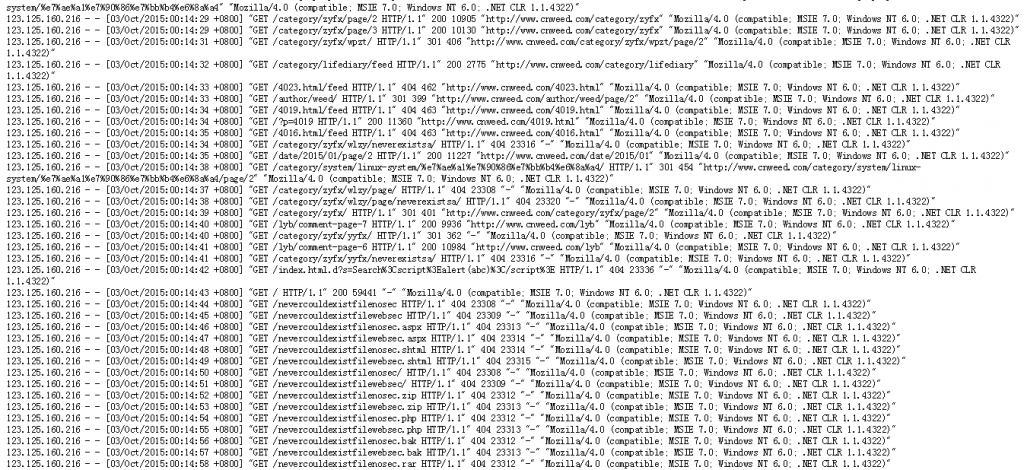#!/usr/bin/env python
#-*- coding: utf-8 -*-
#=============================================================================
# FileName:
# Desc:
# Author: 苦咖啡
# Email: voilet@qq.com
# HomePage: http://blog.kukafei520.net
# Version: 0.0.1
# History:
#=============================================================================
import os
import sys
import re
import smtplib
#设定邮件
fromaddr = "smtp.qq.com"
toaddrs = ["voilet@qq.com"]
username = "voilet"
password = "xxxxxx"
#设置白名单
pass_file = ["api_ucenter.php"]
#定义发送邮件函数
def sendmail(toaddrs,sub,content):
'发送邮件模块'
# Add the From: and To: headers at the start!
msg = ("From: %s\r\nTo: %s\r\nSubject: %s\r\n\r\n"
% (fromaddr, ", ".join(toaddrs), sub))
msg += content
server = smtplib.SMTP('mail.funshion.com', 25,)
server.login(username, password)
server.sendmail(fromaddr, toaddrs, msg)
server.quit()
#设置搜索特征码
rulelist = [
'(\$_(GET|POST|REQUEST)\[.{0,15}\]\(\$_(GET|POST|REQUEST)\[.{0,15}\]\))',
'(base64_decode\([\'"][\w\+/=]{200,}[\'"]\))',
'eval\(base64_decode\(',
'(eval\(\$_(POST|GET|REQUEST)\[.{0,15}\]\))',
'(assert\(\$_(POST|GET|REQUEST)\[.{0,15}\]\))',
'(\$[\w_]{0,15}\(\$_(POST|GET|REQUEST)\[.{0,15}\]\))',
'(wscript\.shell)',
'(gethostbyname\()',
'(cmd\.exe)',
'(shell\.application)',
'(documents\s+and\s+settings)',
'(system32)',
'(serv-u)',
'(提权)',
'(phpspy)',
'(后门)',
'(webshell)',
'(Program\s+Files)',
'www.phpdp.com',
'phpdp',
'PHP神盾',
'decryption',
'Ca3tie1',
'GIF89a',
'IKFBILUvM0VCJD\/APDolOjtW0tgeKAwA',
'\'e\'\.\'v\'\.\'a\'\.\'l\'',
]
def Scan(path):
for root,dirs,files in os.walk(path):
for filespath in files:
isover = False
if '.' in filespath:
ext = filespath[(filespath.rindex('.')+1):]
if ext=='php' and filespath not in pass_file:
file= open(os.path.join(root,filespath))
filestr = file.read()
file.close()
for rule in rulelist:
result = re.compile(rule).findall(filestr)
if result:
print '文件:'+os.path.join(root,filespath)
print '恶意代码:'+str(result[0])
print '\n\n'
sendmail(toaddrs,"增值发现恶意代码",'文件:'+os.path.join(root,filespath)+"\n" + '恶意代码:'+str(result[0]))
break
try:
if os.path.lexists("/home/web_root/"):
print('\n\n开始扫描:'+ "/home/web_root/")
print(' 可疑文件 ')
print('########################################')
Scan("/home/web_root/")
print('提示:扫描完成--~')
else:
print '提示:指定的扫描目录不存在--- '
except IndexError:
print "请指定扫描文件目录"来自:http://blog.kukafei520.net/html/2013/811.html
